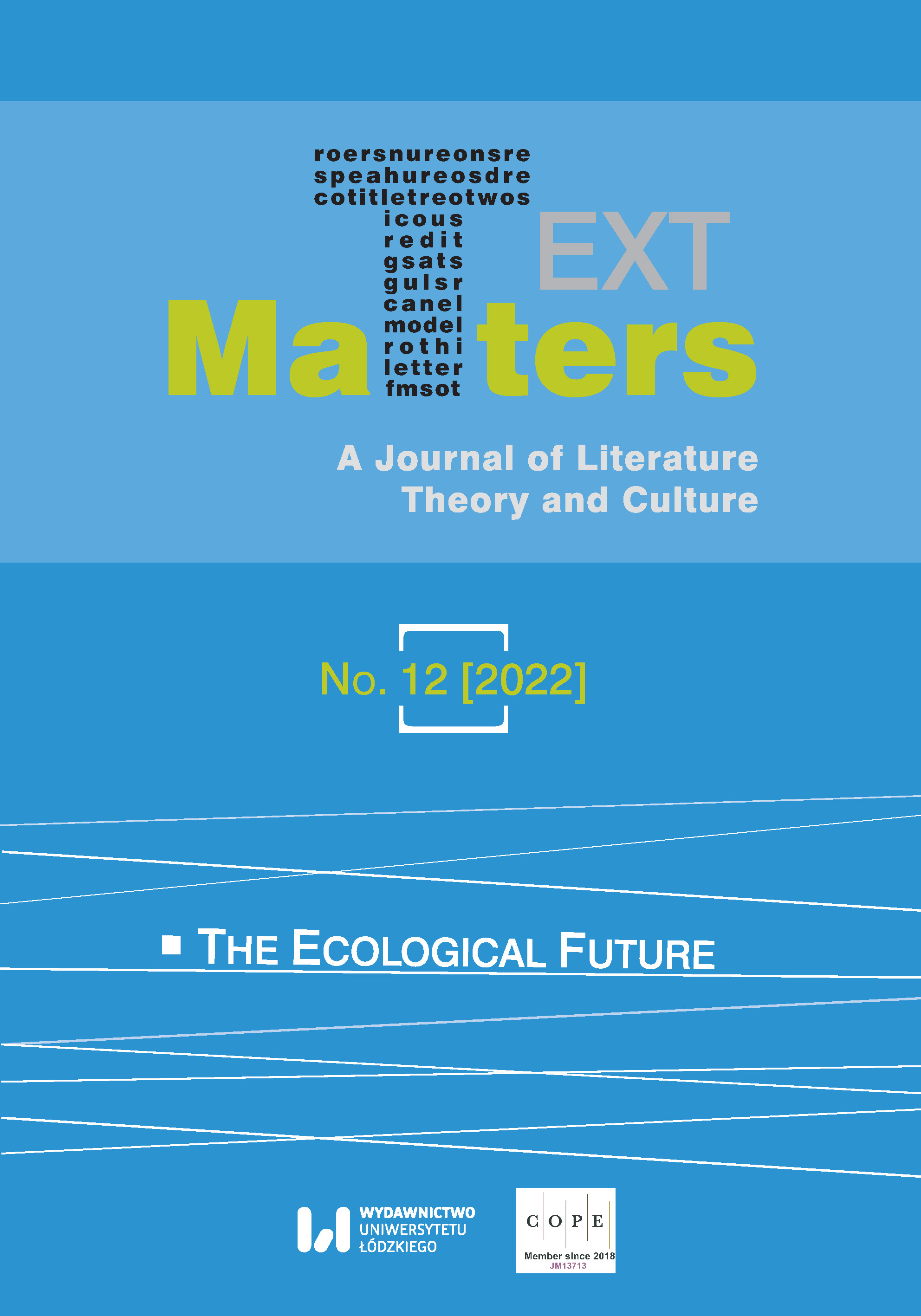Nec Tecum Nec Sine Te: The Inseparability of Word and Image in Virginia Woolf
Nec Tecum Nec Sine Te: The Inseparability of Word and Image in Virginia Woolf
Author(s): Małgorzata HołdaSubject(s): Language and Literature Studies, Studies of Literature
Published by: Wydawnictwo Uniwersytetu Łódzkiego
Keywords: art; language; philosophical hermeneutics; Virginia Woolf; Paul Klee; Paul Cézanne
Summary/Abstract: This article explores the interaction of verbal and visual art in Virginia Woolf’s fiction, exemplified by her novel, To the Lighthouse. The narrative of the novel not only features scenes of the painting of the Ramsays’ portrait, but it unfolds as the creative process advances and concludes with Lily’s final stroke of her brush. While words are used to enact the process of creation, visual art serves as both a frame and a basis for the verbal. The synergistic movement of storytelling and the act of painting a picture “within the narrative” is more than an interesting instance of ekphrasis. In To the Lighthouse, words operate like pictures—according to Horace’s maxim, ut pictura poesis—and pictures work like words. Art’s resonance in the novel extends beyond depicting the process of painting. I examine Woolf’s aesthetic sensitivity and creative talent in relation to Paul Cézanne’s and Paul Klee’s art. The proximity between Woolf’s novel and the works of the two painters encourages us to view the role of shape and color in the two seemingly separate arts as the space for uncovering some vital truth about our being-in-the-word.
Journal: Text Matters: A Journal of Literature, Theory and Culture
- Issue Year: 2022
- Issue No: 12
- Page Range: 487-507
- Page Count: 21
- Language: English

